PhotoDirector has been my favorite program for photo editing for many years, but handling complex tasks is impossible; that’s why I started to search for good apps like PhotoDirector.
While it’s powerful, has an understandable interface, and offers many creative effects for improving photos on the go, it lacks layer blending and detailed color adjustments. Besides, there are so many ads in the app that focusing on the image editing task is very difficult.
Since one of my regular responsibilities as a content creator at FixThePhoto is to review popular photo tools, I decided to test 25+ PhotoDirector alternatives. To compile a list of good replacements, I picked options with support for high-quality image editing, non-destructive processing, smooth workflows, and modern AI capabilities.
Currently, Instagram is flooded with photos that look stylish, yet not always realistic. People heavily rely on AI technologies, so I started doubting whether manual photo editing is still in demand.
Recently I saw a weird photo of a person with 3 arms and a melted shadow. They have probably used an AI background removal and achieved such a strange result, but it seems that nobody is worried about it anymore. People are totally OK with such edits.
It is tempting how fast you can edit selfies in PhotoDirector. It can become a habit. However, I realize that I'm neglecting basic photography rules, like accurate photo framing. Because I may just hit “Enhance” instead of learning how to fix the defect myself.
But some people go nuts and use AI tools to add fingers, make sunglasses blend with the skin, or blur knuckles into a bizarre shape. Frankly speaking, AI editing is evident especially when scrutinizing hands, jewelry, and eyes. So, I always zoom in on my photos and evaluate them critically. If anything looks odd, I apply corrections manually.
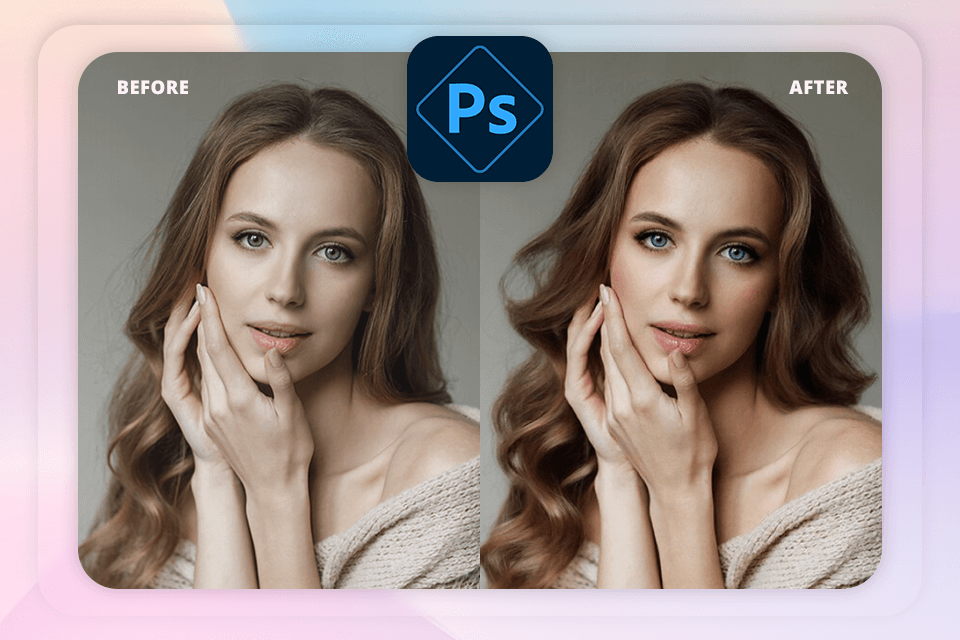
I was looking forward to a Photoshop-native app for my iPhone. When Adobe finally released it in February, I downloaded it immediately. Comparing it with PhotoDirector, which is packed with various AI filters and 1-click photo editing tools, I can say that Photoshop is better suited for creative experiments.
I tried Firefly AI in Photoshop to put together a scene of snowy mountains. Then I added smooth color transitions from Adobe Stock as separate layers.
The best thing is that I can control the smallest details in my photos, even though I’m using a lightweight, portable, and simple mobile app. I also like the Generative Remove feature, using which it is possible to add assets from Adobe Stock right to my project in the app. This is faster than going a standard import-export path.
While you can use Photoshop on your phone, it doesn't have all the features of the computer version. I realized it when trying to make precise changes to AI-generated images and perform complex changes. PhotoDirector offers more efficient AI tools for making avatars and removing objects. Photoshop lets you experiment, but it takes some time to grasp all its functionalities.
Price: free version or $9.99 per month.
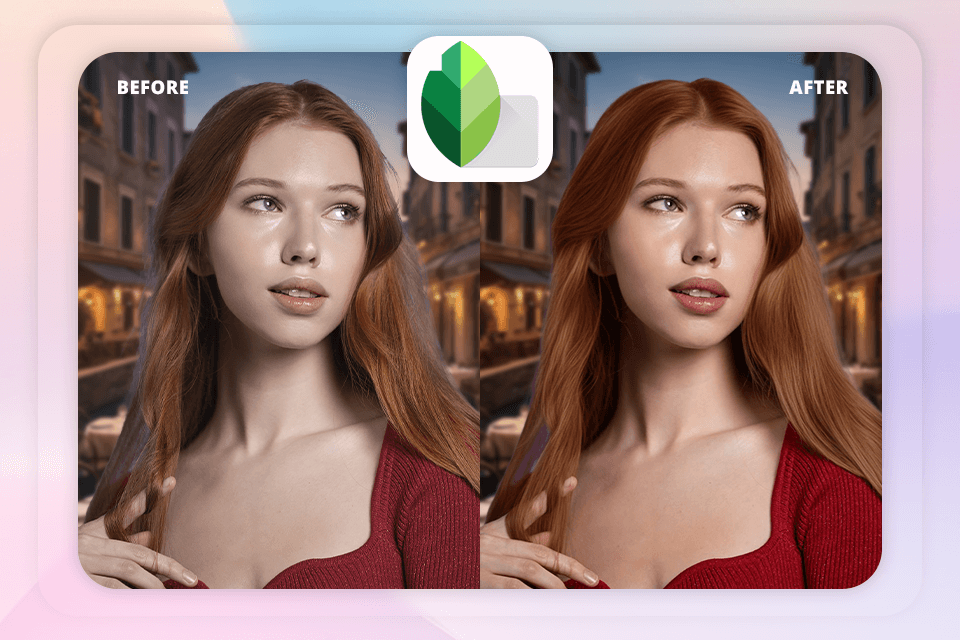
Snapseed has been my favorite photo editing app for years. To tell you the truth, I still can't believe it's free. I recently used it for a complex task. I made one set of edits, saved them as a custom Look, and applied it to a bunch of images to maintain a consistent style.
I also like the Face Pose feature in this PhotoDirector alternative. It works perfectly for tweaking small distortions. Keep in mind that this program doesn’t have all the AI frills of PhotoDirector, but it allows users to carry out detailed image editing.
When comparing Snapseed vs PhotoDirector, I understood that the former is better for manual corrections. PhotoDirector, in its turn, relies a lot on AI and flashy effects. I used Snapseed to tweak a series of landscape photos taken during golden hour, and I loved how I could darken the sky with the selective brush without affecting the rest of the photo.
Another advantage is that you can edit photos without changing your original file. You can always go back and modify or undo any adjustment you've made. Not many mobile editing apps offer the same approach.
Overall, Snapseed encourages users to learn and use proper photo editing techniques without over-relying on AI corrections. The only thing that disappointed me was the lack of automatic saving. I lost several edits because I forgot to save them before closing the application.
Price: free
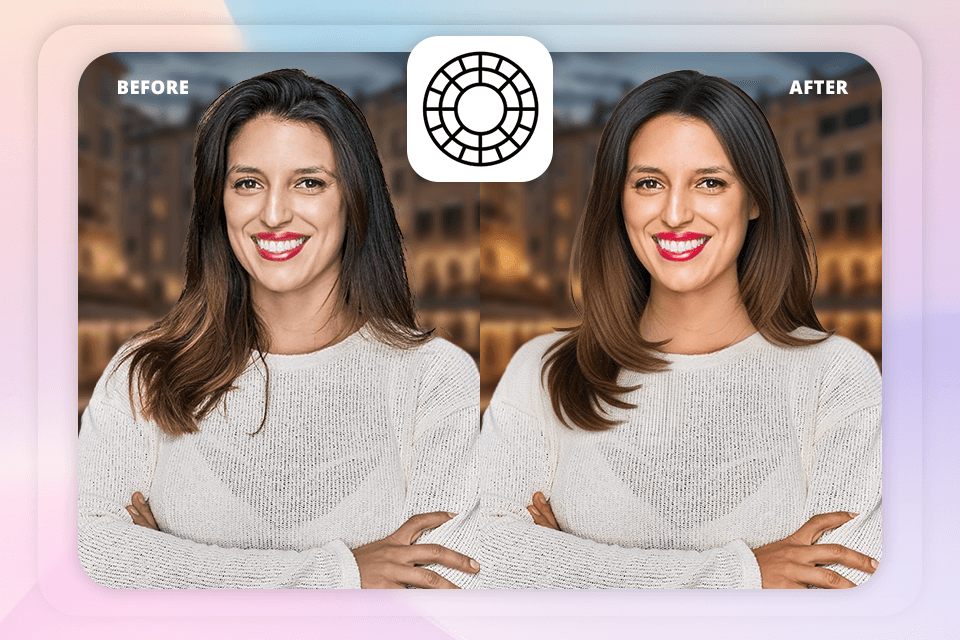
My colleague Kate says that VSCO is one of the top apps like PhotoDirector. She uses it regularly to improve her shots before posting them on Instagram and Pinterest. She claims that the program is very user-friendly, so even novices can create dreamy, cinematic images in seconds. Kate also likes a distraction-free interface, so it is easy to concentrate on the task.
I resorted to this program when I needed to tweak my travel images quickly, which was hardly possible with such complex editors as Lightroom Mobile or PhotoDirector. I admit that the free version has a limited set of filters. To get more, you need to subscribe.
All in all, VSCO has fewer creative tools compared to PhotoDirector and more advanced VSCO alternatives. Still, it is user-friendly. If I need to apply quick changes to a set of photos for social media, I often use this app.
Price: free version or from $7.99 per month.
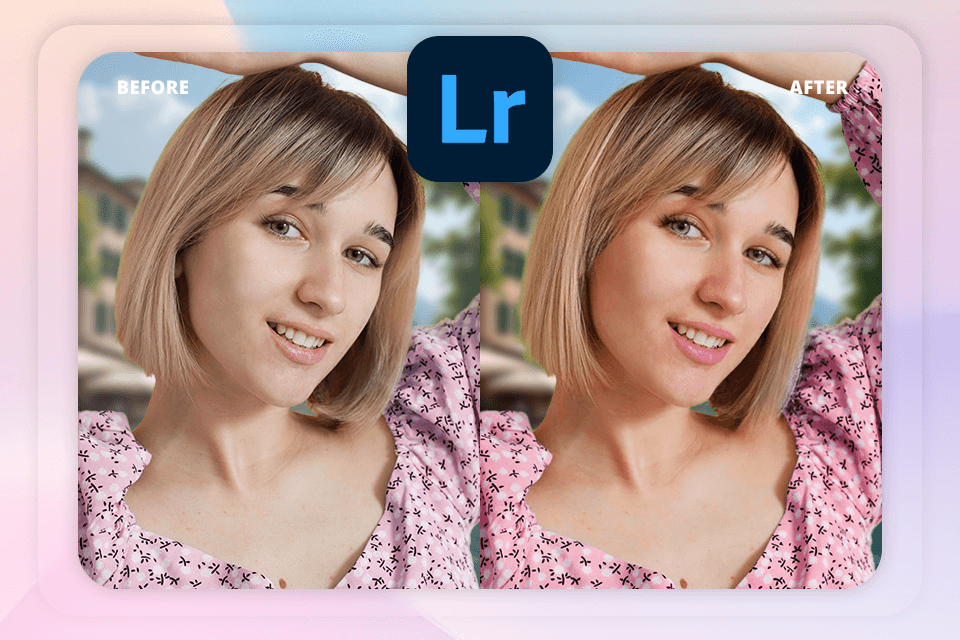
This is another popular app by Adobe. However, I couldn’t help but include it on this list because every program developed by the team is unique and can cater to different users’ needs. For example, Lightroom Mobile app is a truly efficient version of the desktop software for intuitive photo editing on the go.
The most pleasing feature of this app is its smooth synchronization across multiple devices. It happens that I start my project on a computer and then continue working on a phone or tablet. All changes are synced and saved without issues. Moreover, I appreciate the intuitive interface and updated masking tools. Using them, I can properly fine-tune my photos.
Generally, this is one of the most professional PhotoDirector alternatives. It lets you change the smallest details in your images, correct colors, adjust exposure, and more. PhotoDirector is geared towards fun and creative tweaks with AI controls for quick social media posts.
Price: free version or from $4.99 per month.
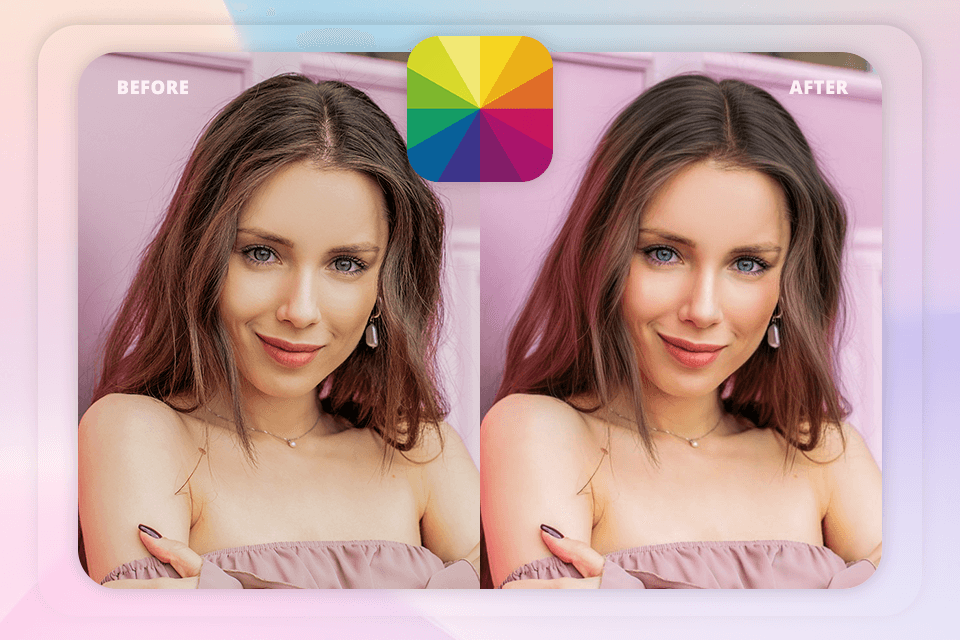
Fotor offers great AI functionalities just like PhotoDirector. So, I was curious about which program is more powerful and efficient for image editing. I tested Fotor with my vacation selfies and landscape pictures. I used the AI Image Enhancer to fix underexposed sunset images and the AI Background Remover to create an eye-pleasing postcard-like photo out of a crowded beach selfie.
Unlike PhotoDirector, Fotor comes out on top if you need high-quality and neat edits for professional purposes. I was particularly impressed with its graphic design templates. I picked one to arrange my travel images into a stylish Instagram carousel. The process was fast and intuitive.
I also tested the AI Upscaler. I uploaded my old low-resolution picture and used the tool to improve clarity and overall quality. The result exceeded my expectations, and I think Fotor can be called the best overall PhotoDirector alternative. However, all advanced AI features are available in the Pro paid version.
Price: free version or from $8.99 per month.
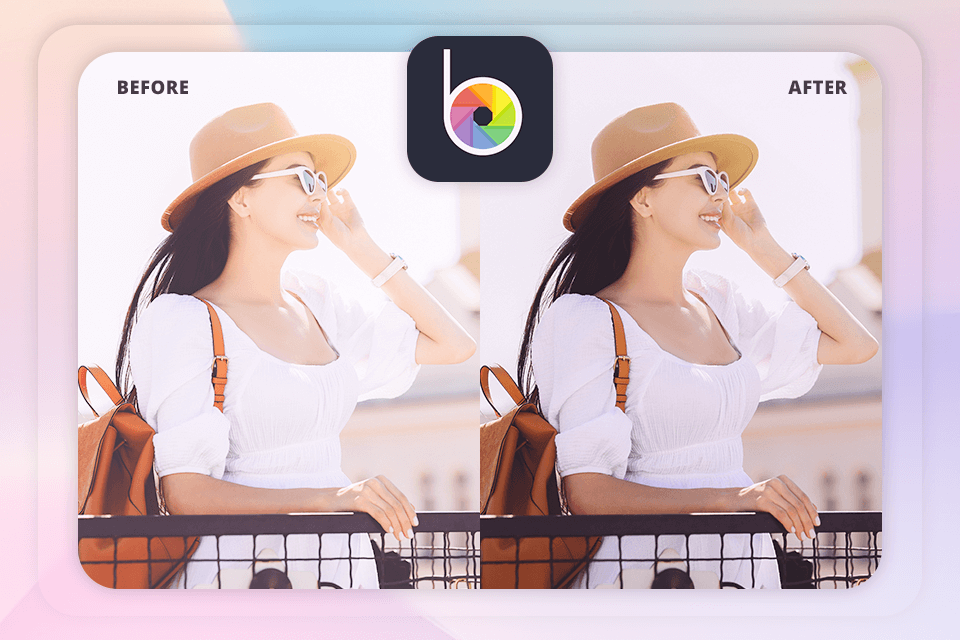
I have already used BeFunky, namely its web version, for editing my photos and creating collages, so I know the strong and weak points of the program.
As for advantages, it is lightweight, user-friendly, and perfect for making blog graphics. When I tried the mobile version, I was pleasantly surprised. There are tools for sharpening photos, adjusting light and white balance, and more.
What makes BeFunky outperform other similar apps like PhotoDirector is its filters. You can preview how each filter, be it “Lomo” or “Instant”, will change your images, instead of simply envisioning the result. Still, the editing process is somewhat sluggish, as you need to confirm each separate adjustment before you can proceed further.
Comparing the app with PhotoDirector, it feels like a good old photo editor without modern AI advancements. It does have text overlays and caption rotation, which I used while making a stylized postcard, but there is nothing fancy.
Price: free version or from $6.99 per month.
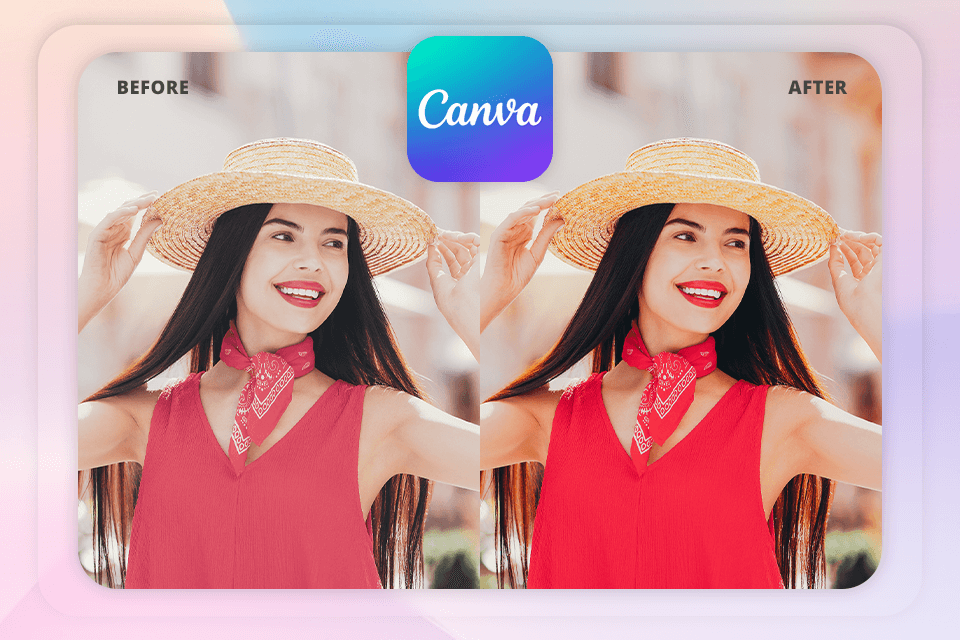
Canva photo editor isn’t as classic as PhotoDirector. Still, it has a diverse range of AI tools that our FixThePhoto team uses for different purposes. So, I decided to study the platform in detail. I mainly focused on the Magic Studio, which contains features for image editing.
I used Canva to embellish my beach photos. First, it tried the Magic Eraser tool to get rid of strangers in the background. Next, I applied Magic Edit to replace a dull sky with a mesmerizing sunset. The process took several seconds. I like that all changes are understandable, even if you are new to the platform. Pop-up explainers are very helpful.
All in all, Canva is a terrific solution if you need to prepare creative visual content. However, if you are into professional photo editing and color grading, you’d better opt for PhotoDirector or similar programs. Besides, Canva doesn’t guarantee precision when you edit shapes and add custom shadows behind the text.
Price: free version or from $14.99 per month.
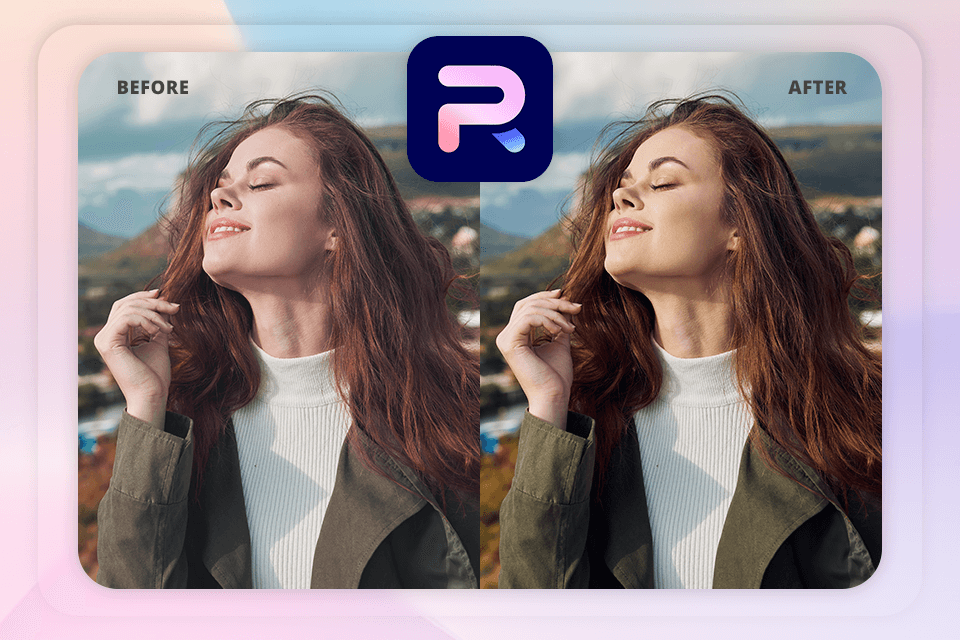
Unlike PhotoDirector, Photoroom seems to be designed to make simple, studio-quality images quickly. I learned this during a mountain getaway. I took selfies and pictures of my equipment with my phone. Next, I uploaded them to Photoroom, and it instantly removed cluttered backgrounds. My snapshots became polished, product-like images worthy of an Instagram post.
The AI background removal tool impressed me most of all. It coped well with tricky areas, e.g., around hair and in photos with bad lighting. I also tried the built-in designs for collages and promotional images. They are well-designed, look great, and are easy to personalize.
As for disappointments, I saw that exported photos in the free version are all watermarked. Besides, their subscription policy is a bit confusing. Despite this, Photoroom is a good alternative to PhotoDirector, especially if you need to make fast image edits that grab attention.
Price: free version or from $4.99 per month.
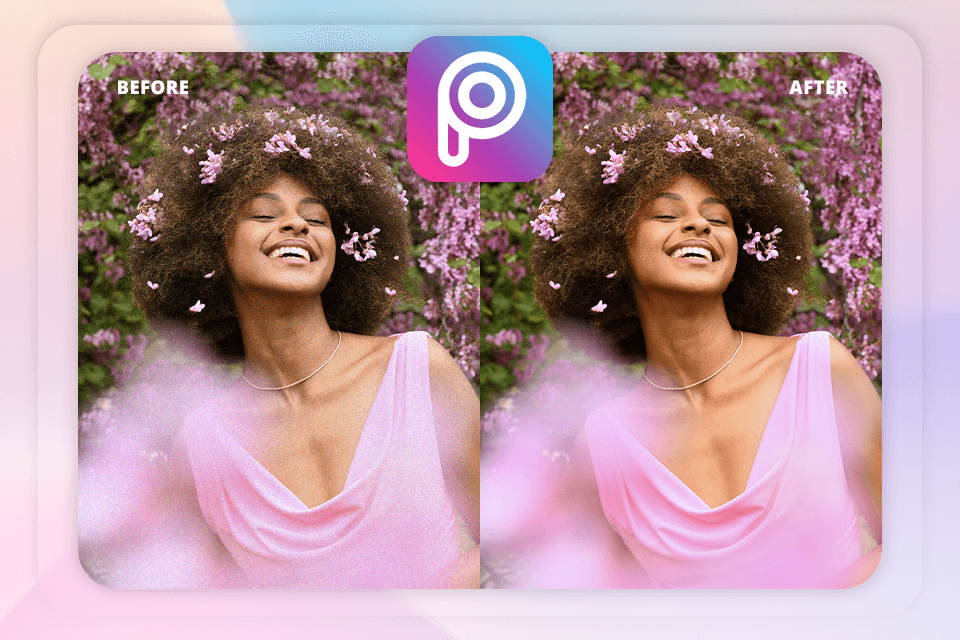
I downloaded Picsart a long time ago, mainly for making collages on the go. Recently, someone from my travel group told me how amazing the Magic Effects are. So, I decided to explore the app more seriously. I use PhotoDirector a lot for AI tools, so I wanted to see if Picsart can compete with it in this regard.
I decided to experiment with city and nature pics using the app's artsy filters. I like that you don’t have to apply them to the whole image. For instance, I left my face natural and turned the background into a funky, painted swirl. My duller shots acquired a more interesting look.
Some filters took about 15 seconds to process, but you won’t regret waiting once you see the result. Still, you should be accurate with the effects and not go overboard. Several times, I got carried away and ended up with images that lacked realism. Still, if you are into experimenting, Picsart is a great app like PhotoDirector.
Price: free version or from $13.99 per month.
To understand how each app works, we tested and rated them as if we were editing photos for our blog and Instagram. We tested a variety of images, including selfies, travel photos, and even some cluttered flat lays.
We wanted to see how each one handled tricky lighting, busy backgrounds, and different skin tones. We also compared the results of editing the same photo in different apps, paying special attention to filters and AI-powered features.
For starters, FixThePhoto team and I looked at how intuitive and smooth the app's interface was. Is it possible to upload a photo from a gallery or connect to Google Drive or Dropbox? Are all the icons and tools clearly labeled, or do I have to guess what each one does?
We believe that Canva is a wonderful solution as it guides you through the process. Other apps are less intuitive. I also like apps that include a short tutorial or pop-up hints about new features.
Another thing we looked at was how quickly the AI tools worked. Some apps were impressively fast. Others slowed down or glitched when we uploaded a complex photo. I paid particular attention to challenging areas like hands, hair, and clothing edges. Some apps cut out body parts during background removal. Surely, we didn’t include them on the list.
Lastly, we compared how each app handled exporting. I wanted to see if I could save the photo in high resolution, whether the free version added a watermark, and if logging in was required just to download an image. Such aspects are important if you want a fast and efficient app like PhotoDirector for your regular work.